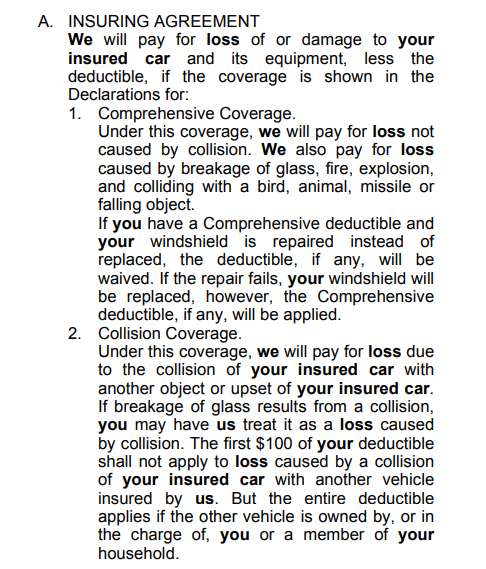The smart Trick of Pacific Prime That Nobody is Discussing
The smart Trick of Pacific Prime That Nobody is Discussing
Blog Article
Our Pacific Prime PDFs
Table of ContentsWhat Does Pacific Prime Do?Excitement About Pacific PrimeThe Best Strategy To Use For Pacific PrimeRumored Buzz on Pacific PrimeSome Ideas on Pacific Prime You Should Know

This is since the information were accumulated for a period of strong economic efficiency. Of the approximated 42 million people who were without insurance, almost about 420,000 (regarding 1 percent) were under 65 years old, the age at which most Americans come to be eligible for Medicare; 32 million were adults between ages 18 and 65, about 19 percent of all grownups in this age; and 10 million were children under 18 years of age, regarding 13.9 percent of all youngsters (Mills, 2000).
These price quotes of the number of persons without insurance are produced from the yearly March Supplement to the Existing Populace Study (CPS), conducted by the Census Bureau. Unless otherwise noted, national quotes of individuals without medical insurance and proportions of the population with different type of protection are based upon the CPS, the most widely used source of estimates of insurance coverage and uninsurance rates.
A Biased View of Pacific Prime

Still, the CPS is especially useful due to the fact that it generates annual estimates reasonably promptly, reporting the previous year's insurance policy coverage approximates each September, and since it is the basis for a consistent collection of price quotes for greater than 20 years, enabling evaluation of trends in insurance coverage with time. For these reasons, as well as the considerable use the CPS in other researches of insurance protection that are provided in this report, we rely upon CPS estimates, with constraints noted.

The quote of the number of without insurance people broadens when a populace's insurance coverage status is tracked for a number of years. Over a three-year duration beginning early in 1993, 72 million individuals, 29 percent of the U.S. https://pacificpr1me.blog.ss-blog.jp/2024-04-03?1712088442. population, lacked protection for at the very least one month. Within a solitary year (1994 ), 53 million people experienced at the very least a month without protection (Bennefield, 1998a)
Six out of every 10 uninsured grownups are themselves employed. Functioning does enhance the likelihood that one and one's household members will have insurance policy, it is not a guarantee. Also participants of households with 2 full-time wage income earners have practically a one-in-ten opportunity of being uninsured (9.1 percent without insurance price) (Hoffman and Pohl, 2000).
Not known Details About Pacific Prime
New immigrants make up a considerable proportion of individuals without wellness insurance. One analysis has associated a substantial section of the recent growth in the size of the U.S. uninsured population to immigrants that showed up in the nation in between 1994 and 1998 (Camarota and Edwards, 2000). Current immigrants (those who pertained to the USA within the previous 4 years) do have a high price of being without insurance (46 percent), yet they and their children represent simply 6 percent of those without insurance country wide (Holahan et al., 2001).
The connection between health and wellness insurance coverage and access to care is well established, as recorded later in this chapter. The partnership in between health and wellness insurance and health and wellness results is neither direct neither basic, a substantial medical and health solutions research study literature web links health and wellness insurance protection to improved accessibility to care, much better quality, and boosted personal and population wellness status.
Levels of evaluation for examining the results of uninsurance. It focuses especially on those without any type of wellness insurance for any type of size of time.
The Basic Principles Of Pacific Prime
The issues faced by the underinsured are in some areas comparable to those faced by the without insurance, although they are normally less extreme. Health and wellness insurance, nonetheless, is neither required neither adequate to gain accessibility to medical solutions. The independent and direct result of health insurance policy coverage on accessibility to health and wellness solutions is well established.
Others will certainly obtain the wellness care they require even without medical insurance, by spending for it out of pocket or seeking it from service providers that use treatment free or at very subsidized rates. For still others, health and wellness insurance alone does not make sure invoice of care due to other nonfinancial barriers, such as a lack of healthcare suppliers in their community, restricted accessibility to transportation, illiteracy, or linguistic and social distinctions.
Get This Report on Pacific Prime
Official study concerning without insurance read the full info here populaces in the USA dates to the late 1920s and very early 1930s when the Board on the Price of Medical Care produced a series of reports about financing doctor workplace brows through and hospitalizations. This issue became salient as the numbers of medically indigent climbed up throughout the Great Clinical depression.
Report this page